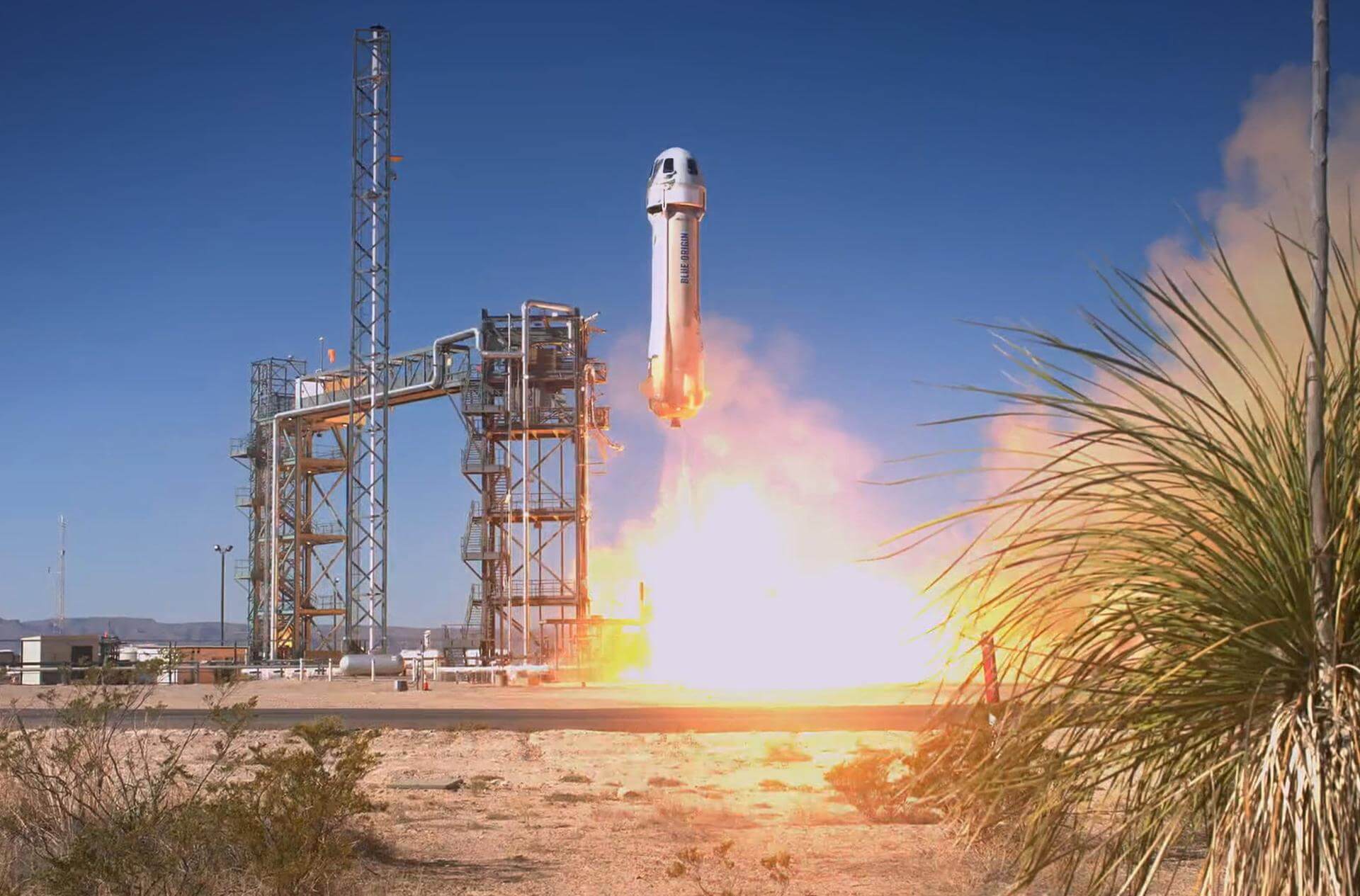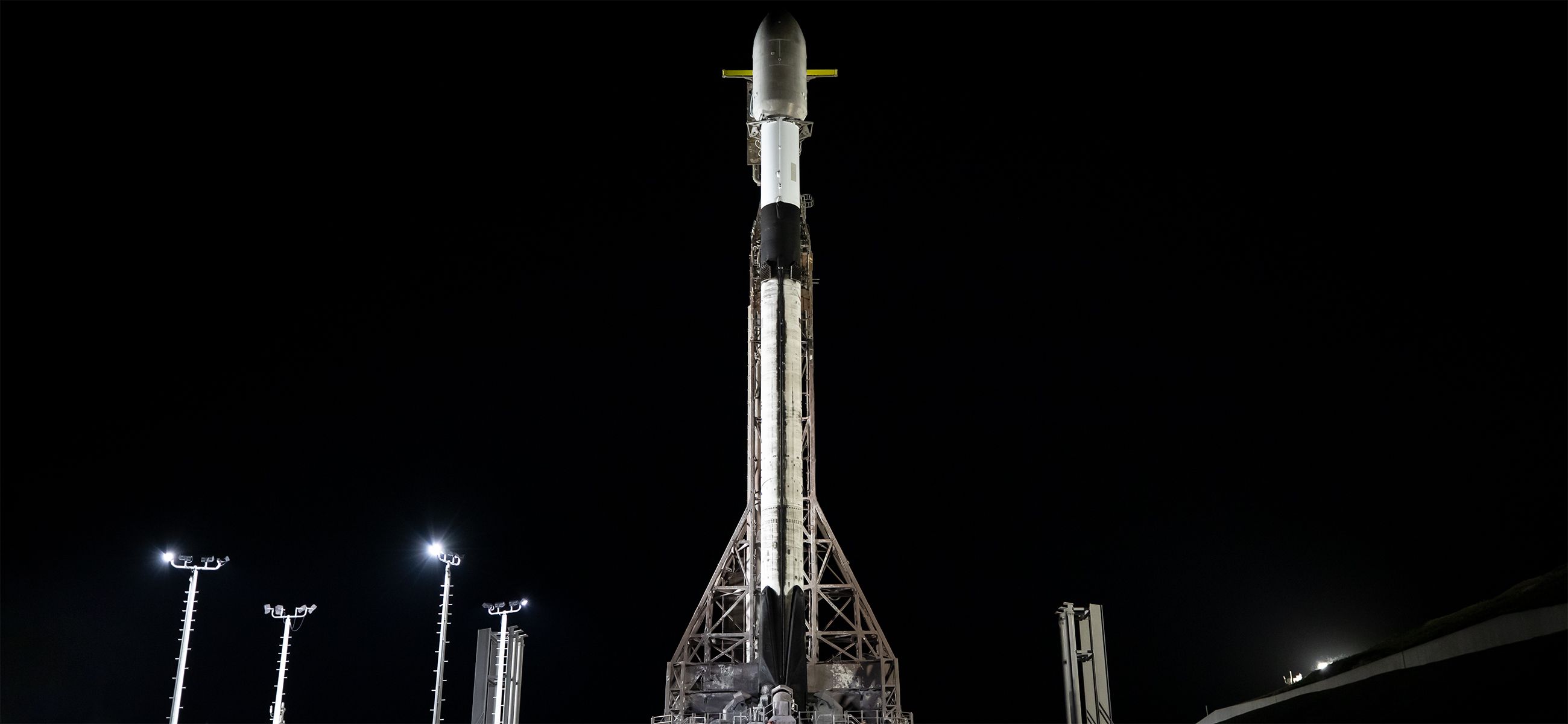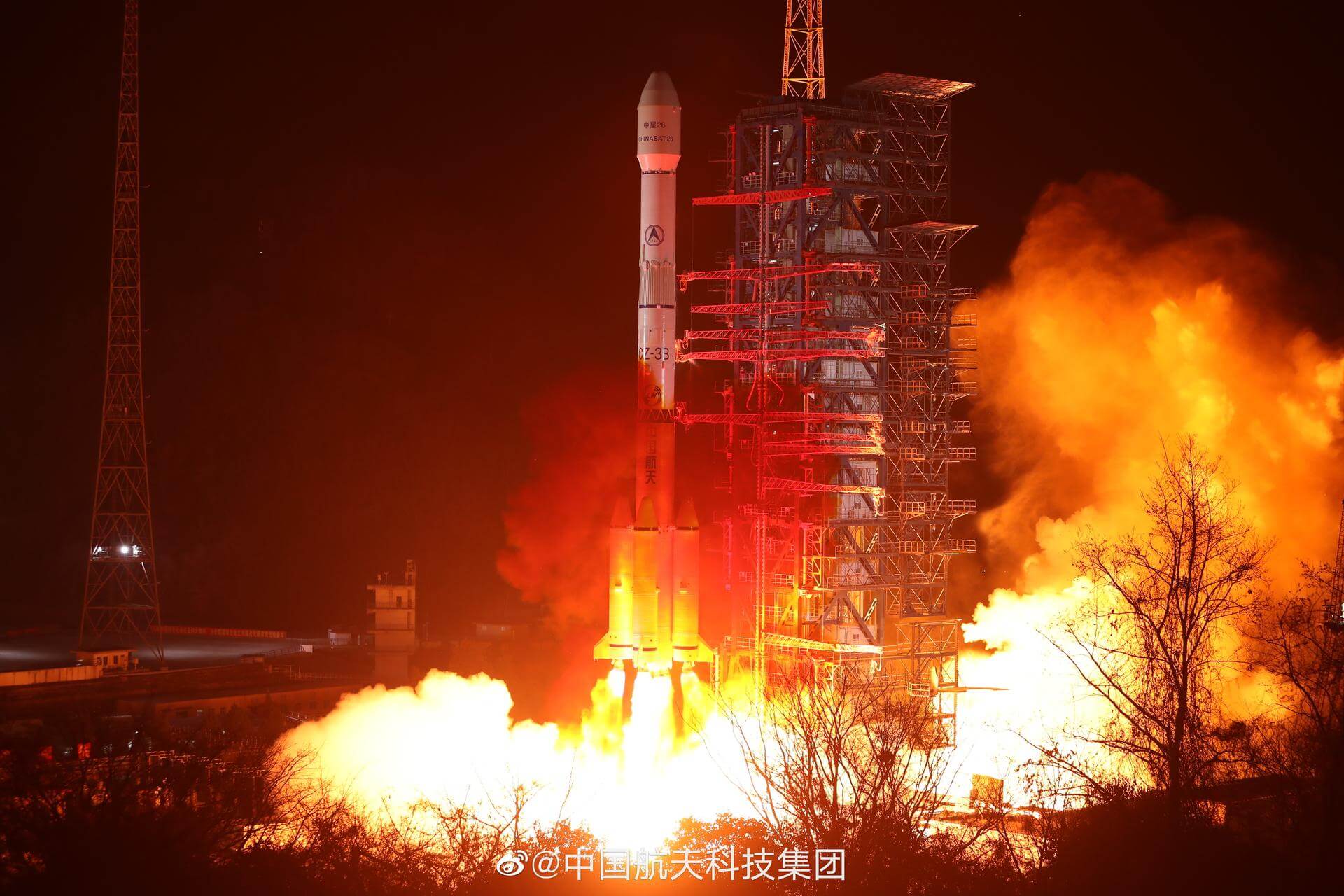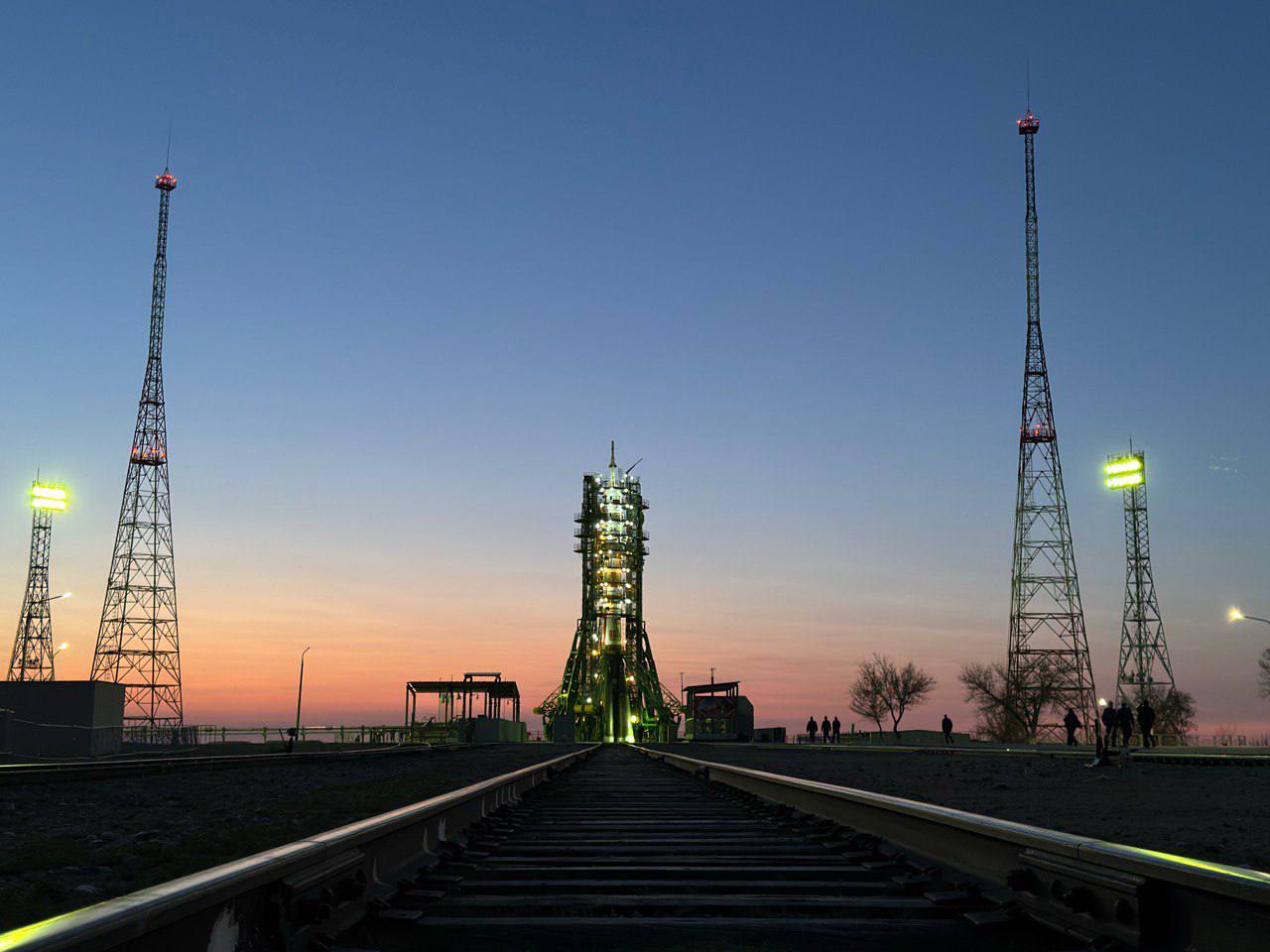Previous Spaceflight Launches
Filter by Agency, Locations or Vehicles
Show All LaunchesMinotaur IV | NROL-174
Orbital ATK | United States of AmericaVandenberg SFB, CA, USA
April 16, 2025, 7:33 p.m.
New Shepard | NS-31
Blue Origin | United States of AmericaCorn Ranch, Van Horn, TX, USA
April 14, 2025, 1:30 p.m.
Falcon 9 Block 5 | Starlink Group 6-73
SpaceX | United States of AmericaCape Canaveral SFS, FL, USA
April 14, 2025, 4 a.m.
Falcon 9 Block 5 | Starlink Group 12-17
SpaceX | United States of AmericaKennedy Space Center, FL, USA
April 13, 2025, 12:53 a.m.
Falcon 9 Block 5 | NROL-192
SpaceX | United States of AmericaVandenberg SFB, CA, USA
April 12, 2025, 12:25 p.m.
Status: Launch Successful
Mission:
Ninth batch of satellites for a reconnaissance satellite constellation built by SpaceX and Northrop Grumman for the National Reconnaissance Office to provide imaging and other reconnaissance capabilities.
Unknown B1071 - Flight Proven ( ) Of Course I Still Love YouLong March 3B/E | TJSW-17
China Aerospace Science and Technology Corporation | ChinaXichang Satellite Launch Center, People's Republic of China
April 10, 2025, 4:47 p.m.
Soyuz 2.1a | Soyuz MS-27
Progress Rocket Space Center | RussiaBaikonur Cosmodrome, Republic of Kazakhstan
April 8, 2025, 5:47 a.m.
Status: Launch Successful
Mission:
Soyuz MS-27 will carry two cosmonauts and one astronaut to the International Space Station aboard the Soyuz spacecraft from the Baikonur Cosmodrome in Kazakhstan. The crew consists of Roscosmos cosmonauts Sergey Ryzhikov, Alexey Zubritsky, and NASA astronaut Jonathan "Jonny" Kim.
Low Earth OrbitFalcon 9 Block 5 | Starlink Group 11-11
SpaceX | United States of AmericaVandenberg SFB, CA, USA
April 7, 2025, 11:06 p.m.
Falcon 9 Block 5 | Starlink Group 6-72
SpaceX | United States of AmericaCape Canaveral SFS, FL, USA
April 6, 2025, 3:07 a.m.
Falcon 9 Block 5 | Starlink Group 11-13
SpaceX | United States of AmericaVandenberg SFB, CA, USA
April 4, 2025, 1:02 a.m.







